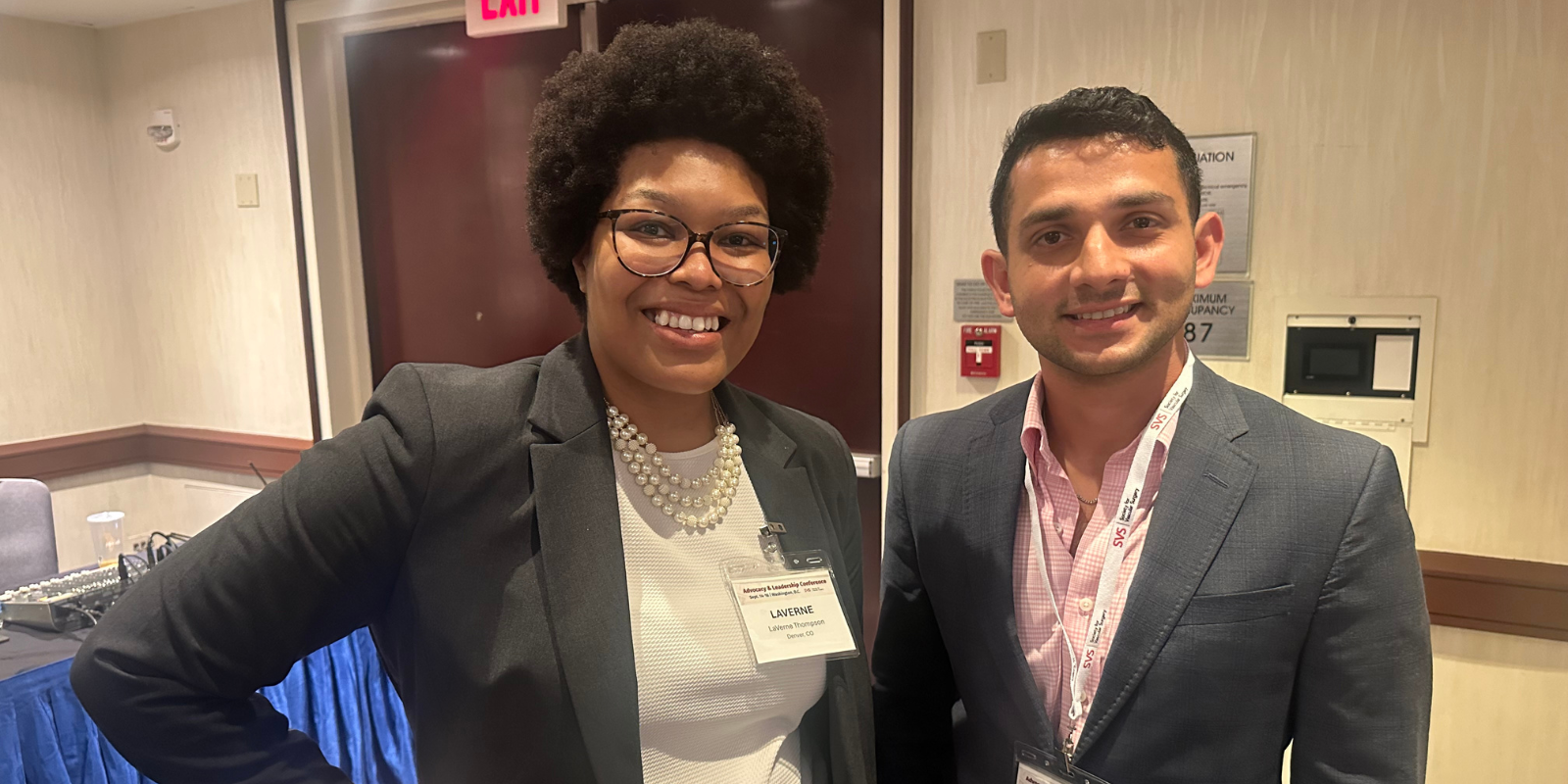A recent two-week trip to perform craniofacial surgeries and other procedures at multiple hospitals in Vietnam gave residents in the University of Colorado Department of Surgery and students at the CU School of Medicine an up-close-and-personal look at the emerging field of global medicine.
The trip was arranged by Phuong Nguyen, MD, professor of plastic and reconstructive surgery, who in January was named the department’s first associate vice chair of global surgery.
→ Phuong Nguyen, MD, Named Associate Vice Chair of Global Surgery in the CU Department of Surgery
As part of his new role, Nguyen worked quickly to bring a group of students and residents to Vietnam through Nuoy Reconstructive International, a non-governmental organization he co-founded that makes regular trips to Vietnam. It provides access to complex reconstructive care including craniofacial, microsurgery, and hand surgery in Vietnam, as well as creating educational conferences and research collaborations there.
Big numbers
The March trip to Vietnam included residents, students, and other trainees from the CU School of Medicine and other institutions. The 35-member team worked in five different hospitals, including two of the country’s largest children’s hospitals, and examined more than 250 patients, 95 of whom required surgery. The American team also hosted a three-day microsurgery conference and a craniofacial surgery symposium.
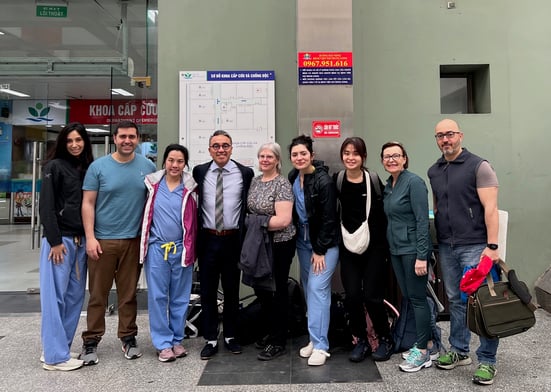 The CU surgery group and others in front of the Vietnam national children’s hospital.
The CU surgery group and others in front of the Vietnam national children’s hospital.
“We did surgeries, we did education — including three different didactics — and one of my colleagues from the University of Wisconsin brought along 3-D printed microscopes and taught 130 surgeons and residents how to do microsurgery,” Nguyen says. “I did a half-day symposium at the children’s hospital with 50 doctors, and we delivered 122 kilograms of instruments and medical equipment. We also had meetings and are building relationships with the Ministry of Health, the Ministry of Foreign Affairs, and the Vietnam Union of Friendship Organizations, as well as exploring new cities, including Ho Chi Minh City and Hai Phong.”
Sustainable collaboration
For Leela Mundra, MD, a chief resident in plastic and reconstructive surgery at CU, the Vietnam trip provided valuable experience in the type of international service she hopes to incorporate into her medical career.
“Part of what I want to integrate into my eventual practice is global surgery,” she says. “For me, this was an invaluable opportunity to participate in a global surgery initiative during residency. It was unbelievable to be able to, within a day, immediately change the life of a child with microtia by creating an ear out of the patient’s rib, for example, or do a complex microsurgical reconstruction on a gentleman who was living with a large scalp defect.”
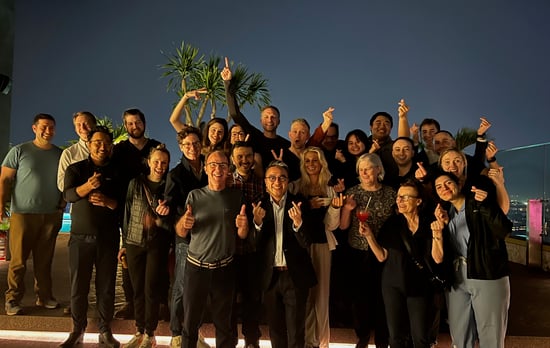
The Nuoy Reconstructive International Group at Lotte Center Hanoi.
Mundra says she appreciates the sustainable, collaborative approach taken by Nguyen and Nuoy, in which strong partnerships are created with local hospitals and surgeons from both countries to learn from one another.
“It brings a new perspective to what we do as plastic surgeons,” she says. “By understanding how surgeons from resource-limited countries are performing these procedures, it teaches us innovative techniques and how we might be able to integrate some of those into our practice.”
Global community
Ryan Constantine, MD, another chief resident in plastic and reconstructive surgery, says that performing surgeries in Vietnam made him feel like part of a larger global community of surgeons.
“I learned that surgery is the same wherever you go — we’re all doing the same things,” he says. “The first surgery I did there, there was no American surgeon. It was me and four Vietnamese faculty members. I couldn’t speak Vietnamese, and they didn’t really speak English, but we got through it totally fine. They respected me after that. I also realized that they had a lot to teach us in terms of how to use resources more effectively.”
Going home
Also invited on the Vietnam excursion was Khoa Nguyen (no relation to Phuong), a third-year CU medical student who was born in Vietnam.
“Our backgrounds are very similar,” Khoa says of Phuong. “He’s a first-generation immigrant who became a plastic surgeon, and I am a first-generation Vietnamese immigrant who wants to be a plastic surgeon. When we met, I mentioned my fluency in the language, and he extended an invitation for me to come on the trip with his organization and with surgeons from CU and other institutions.”
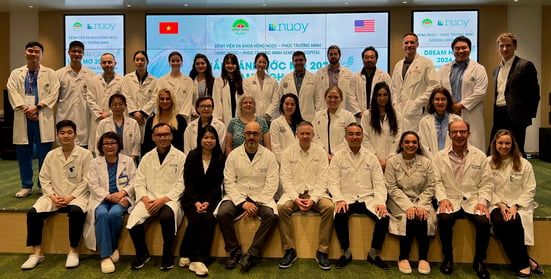
The Nuoy Reconstructive International Group on patient screening day at Hong Ngoc Hospital.
Khoa stayed in Vietnam a week longer than the CU residents, helping out with translation and helping to set up an electronic medical record system for Nuoy Reconstructive International and the affiliated hospitals.
“Because I am fluent in the language, I helped out with all the international surgeons, assisting with translation in the clinic, in the OR, and outside of the hospital setting, too,” he says. “I think one of the reasons Dr. Nguyen was willing to extend the opportunity to me was that I had mentioned to him that I do want to do this type of global surgical work as part of my practice in the future, and to be able to give back to my home country of Vietnam. That’s always been a goal of mine.”


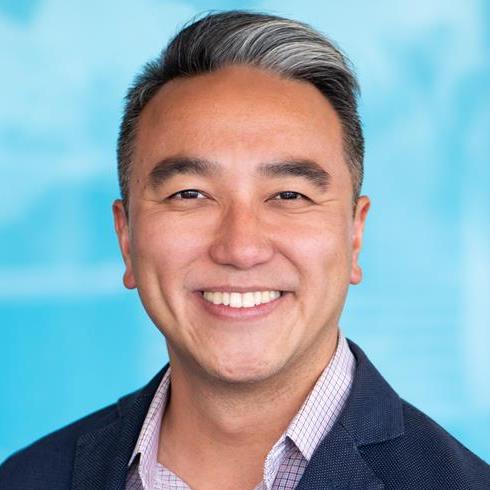
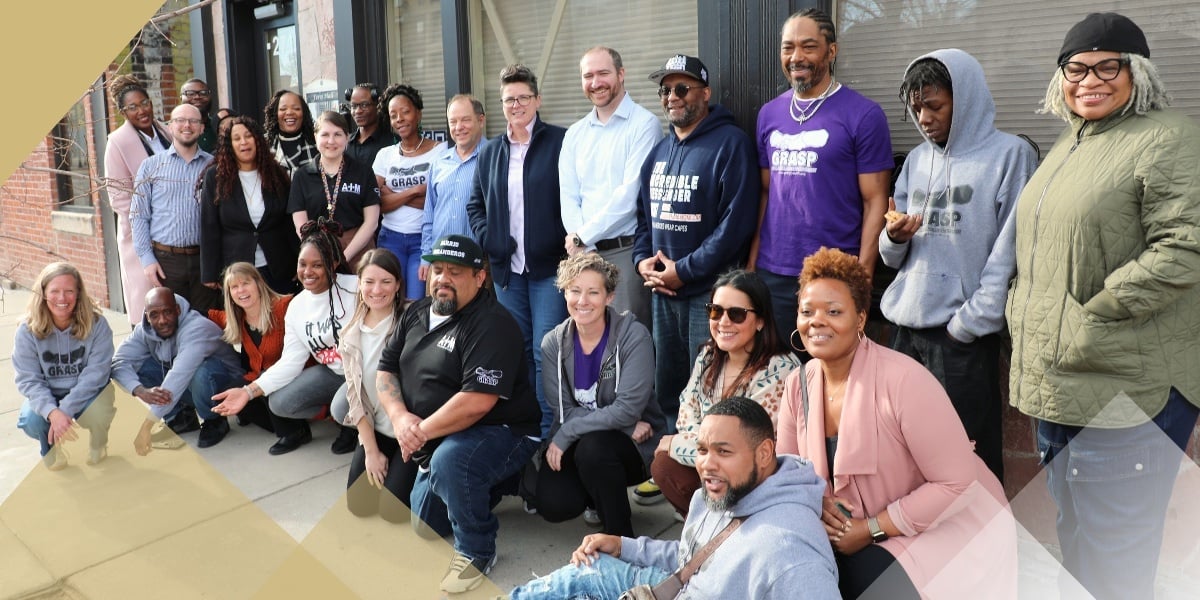
.png)
